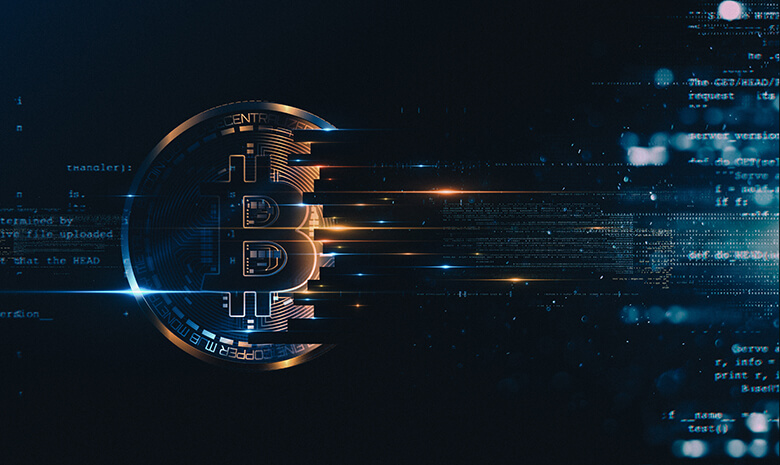Impacts of MiCA Regulation on DeFi Protocols
MiCA Regulation evolving regulatory framework is reshaping the DeFi landscape, introducing complexities around the definition of 'full decentralisation.' As the line between fully and partially decentralised services blurs, cryptoasset providers face a pivotal challenge.

Decoding the Impacts of MiCAR on Fully Decentralised DeFi Protocols
Markets in CryptoAssets Regulation (MiCAR), the governing body for cryptoasset services, has established a distinction between fully decentralised and partially decentralised DeFi (Decentralised Finance) protocols. MiCAR exempts fully decentralised services from its regulatory purview, while partially decentralised services remain subject to it. The challenge, however, lies in defining 'full decentralisation.' The DeFi ecosystem is complex, comprising different layers and components, each with varying degrees of centralisation and decentralisation. For example, some protocols may issue governance tokens enabling decentralised management, while retaining certain centralised functions. Without clear legislative definitions, the classification of DeFi applications and their compliance with MiCAR remains a grey area.
MiCA Regulation Ambiguity: The Future of Decentralisation in DeFi Protocols
In the evolving landscape of digital finance, the Markets in CryptoAssets Regulation (MiCAR) has emerged as a pivotal regulatory framework. By drawing distinctions between fully decentralised and partially decentralised DeFi (Decentralised Finance) protocols, MiCAR has initiated a crucial dialogue on the nature of decentralisation in the world of finance. However, the real challenge lies not just in these distinctions, but in understanding the nuanced definition of 'full decentralisation.'
The DeFi ecosystem is a labyrinth of interwoven layers and components, each dancing on the spectrum of centralisation and decentralisation. Some protocols, for instance, distribute governance tokens to enable decentralised management but might still harbour certain centralised functions. This complexity, when coupled with the ambiguity of MiCAR's definitions around 'full decentralisation,' creates a grey area fraught with potential legal uncertainties.
A pertinent concern is the blurred lines between fully and partially decentralised services. Without robust guidelines, how does one classify a DeFi service that seamlessly merges multiple applications? What if the operational efficiency of a DeFi protocol demands a certain degree of centralisation, but its practical essence remains mostly decentralised? Moreover, with the role of intermediaries in DeFi layers remaining undefined, there's a looming risk of power concentration, which could inadvertently shift the balance, compromising a DeFi protocol's decentralised ethos.
Such ambiguities have deep implications for a broad spectrum of financial entities:
- Cryptoasset service providers: Ensuring partnerships with DeFi platforms align with MiCAR's guidelines becomes paramount.
- DeFi platforms and operators: The quest for clarity may require restructuring or redefining operational methodologies to remain compliant.
- Digital wallet providers: Interfacing with compliant DeFi protocols becomes crucial to safeguarding their operations and clientele.
- Mainstream financial institutions: Those venturing into DeFi must have robust frameworks to monitor and ensure compliance, lest they risk significant regulatory backlashes.
To navigate these regulatory waters, proactive measures can be pivotal. Engaging with legal experts familiar with MiCAR's intricacies, initiating dialogues with regulators, and continuously monitoring the ecosystem can equip institutions with the agility to adapt to evolving definitions and stipulations.
In essence, as MiCAR continues to shape the DeFi landscape, it's not just about compliance but understanding the very fabric of decentralisation. The future of DeFi, with its promise of democratising finance, hinges on striking the right balance between innovation and regulation.
Read More

Reduce your
compliance risks


